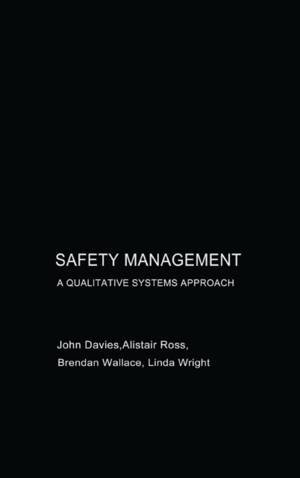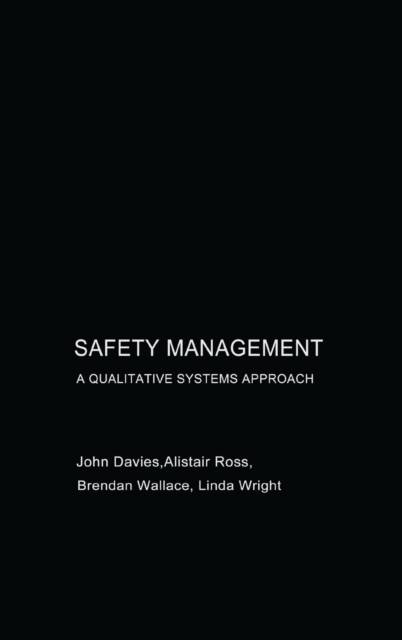
- Afhalen na 1 uur in een winkel met voorraad
- Gratis thuislevering in België vanaf € 30
- Ruim aanbod met 7 miljoen producten
- Afhalen na 1 uur in een winkel met voorraad
- Gratis thuislevering in België vanaf € 30
- Ruim aanbod met 7 miljoen producten
Safety Management
A Qualitative Systems Approach
John Davies, Alastair Ross, Brendan Wallace
Hardcover | Engels
€ 305,45
+ 610 punten
Omschrijving
This text draws on systems theory and applied psychology and stresses the importance of human agency within systems. It presents a new Qualitative Systems Approach to safety management that offers both greater safety and economic savings. It presents a series of methodological tools that have proven to be reliable through extensive use in the rail and nuclear industries. These methods allow organizational and systems failures to be analyzed much more effectively in terms of quantity, precision, and usefulness. Safety Management is valuable for reliability engineers, human factors specialists, and managers and professionals in many safety-critical organizations.
Specificaties
Betrokkenen
- Auteur(s):
- Uitgeverij:
Inhoud
- Aantal bladzijden:
- 240
- Taal:
- Engels
Eigenschappen
- Productcode (EAN):
- 9780415303705
- Verschijningsdatum:
- 15/05/2003
- Uitvoering:
- Hardcover
- Formaat:
- Ongenaaid / garenloos gebonden
- Afmetingen:
- 157 mm x 236 mm
- Gewicht:
- 453 g

Alleen bij Standaard Boekhandel
+ 610 punten op je klantenkaart van Standaard Boekhandel
Beoordelingen
We publiceren alleen reviews die voldoen aan de voorwaarden voor reviews. Bekijk onze voorwaarden voor reviews.








